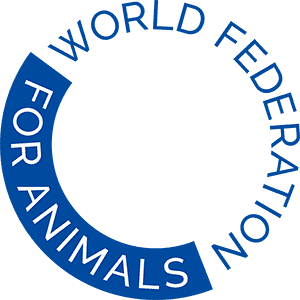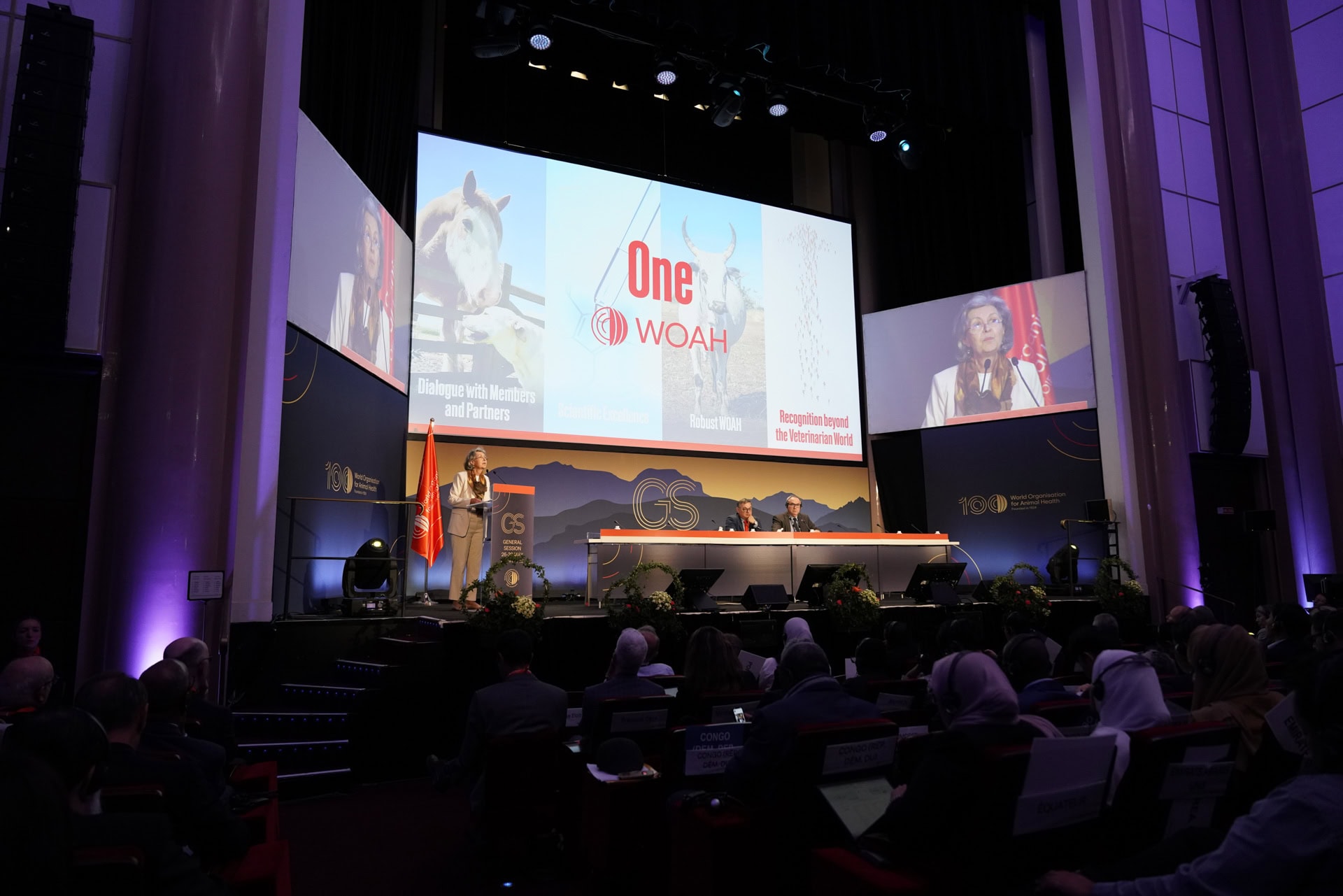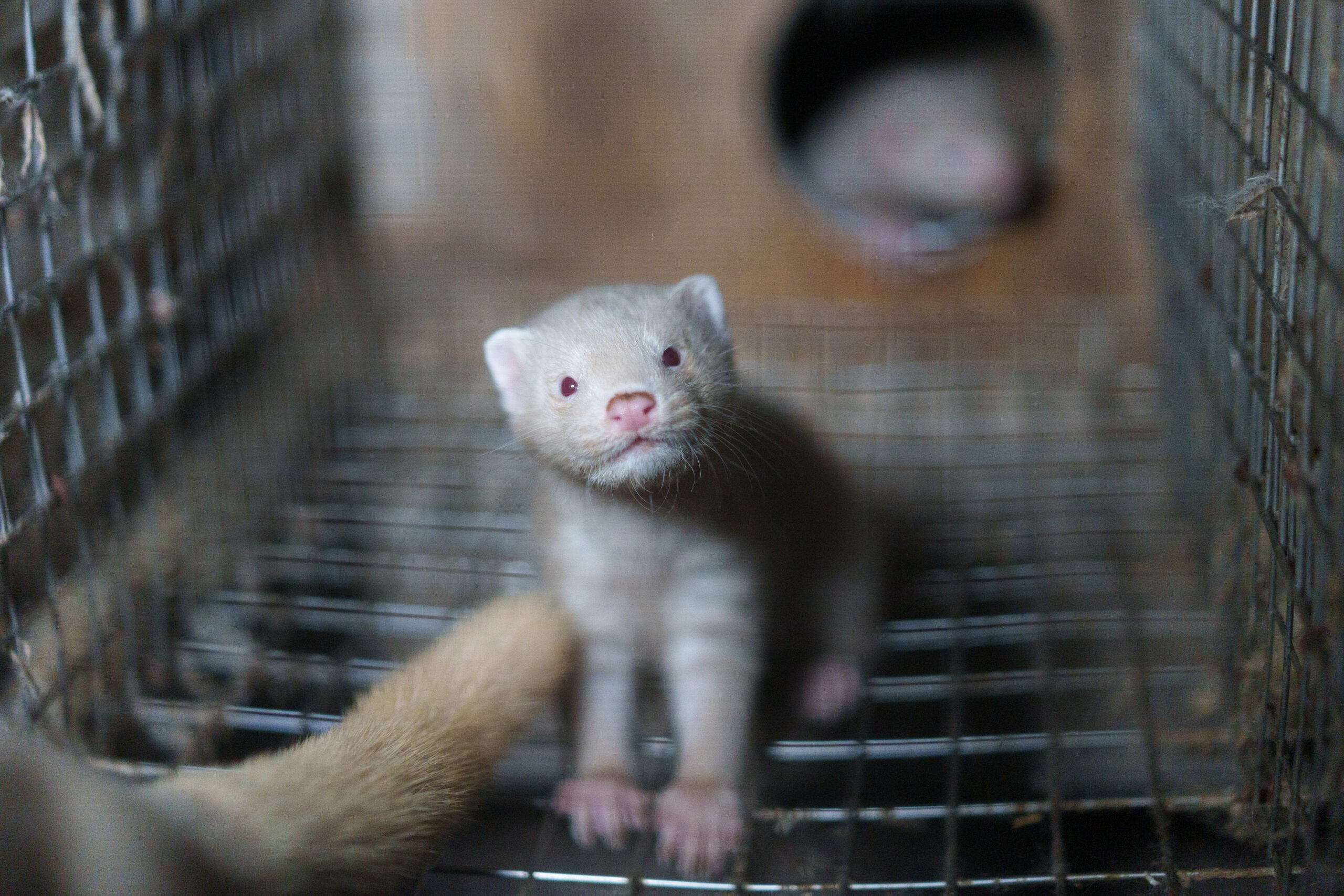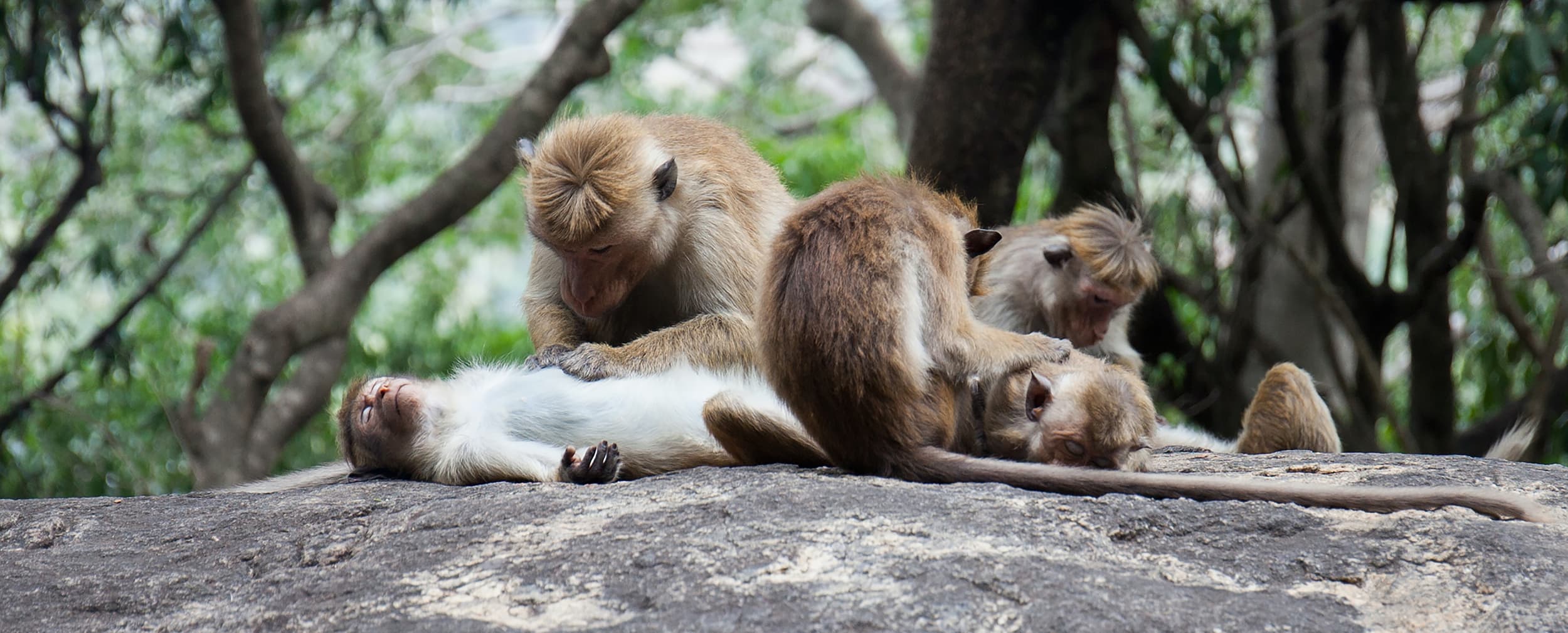For the past 2.5 years, COVID-19 has disrupted the lives of virtually every country, community, family, and business around the world. And while we crave stability and a return to normalcy, we are faced with a truth we cannot ignore. The root causes that enabled the emergence of the COVID-19 pandemic have not been tackled – yet.
An International Pandemics Treaty in development
Member States to the World Health Organization (WHO) are in the process of drafting a treaty on strengthening pandemic prevention, preparedness, and response. They have committed to negotiating an instrument that saves lives and protects livelihoods by addressing gaps and challenges in action on pandemics by 2024. However, the current working draft’s scope does not include measures necessary to achieve that objective.
1. Addressing primary prevention will make the Treaty cost effective – the numbers say so
To date, the working draft is limited to the stages after a disease outbreak. Not addressing the primary causes that gave way for the emergence of COVID-19 means they can trigger another pandemic at any moment.
Scientists have been warning policymakers for decades of the role of human activity in enabling risks and drivers of pathogens spilling over from animals to humans and developing into a pandemic. Our dysfunctional relationship to animals and nature is to blame. And yet, this is not explicitly addressed on the international political agenda to prevent a future crisis. Concluding an agreement with this limited scope would not only ignore the root causes of outbreaks but continue to leave us systematically vulnerable to zoonotic disease (re)emergence.
Taking the necessary measures will not be easy, but worth it, because action is much more cost effective than inaction. Implementing measures that tackle the root causes of zoonotic disease outbreaks will lead to better outcomes for humans, animals and nature. It will also lead to better financial ones. Estimates on the global economic costs of the COVID-19 pandemic, as of 2020, range between USD 8.1 and USD 15.8 trillion. Research estimates the global value of lives lost due to zoonoses at a yearly USD 350 billion (at the lowest estimate) with an additional USD 212 billion in direct economic losses. At the same time, prevention by tackling the root causes of pathogen spillover from animals to humans is estimated to require annual investments of approximately USD 20 billion. In other words, prevention would cost around 5% of the yearly value of lives lost from emerging infectious diseases.
2. Employing the One Health approach as per the definition of the One Health High Level Expert Panel will help achieve equity.
The current draft acknowledges the interrelationship between the health and wellbeing of humans, animals, and the environment. However, it does so by referring to an older, human-centred iteration of the approach as opposed to the latest One Health High Level Expert Panel (OHHLEP) definition endorsed by the quadripartite. The holistic nature of the latter makes it a more fitting definition for the Pandemics Treaty if it aims to achieve equity, including for vulnerable communities at risk of exposure. Achieving equity for communities at the risk of exposure to pathogens will require supporting them in preventing outbreaks from happening in the first place. Such measures are captured in the OHHLEP One Health approach.
A few diplomats may argue that the limit in scope is because the WHO mandate should be limited to human health and that the treaty must not go beyond the human health silo. World’s top experts, however, have demonstrated that protecting human health will require a transition away from harmful practices that affect animals and nature. Given how interconnected human health is with the state of the environment and treatment of animals, we can no longer view health from a solely human-centred lens. Luckily, a growing number of WHO Member States who are keen to achieve the objective of the pandemic treaty have recognized this. They realized that we are in the midst of a paradigm shift, towards a new way of defining health policy, one that will require us to abandon institutional silos of human health, environment, and animal welfare.
Integrating these two items is supported by renowned experts
A recent policy brief by the Global Health Centre, aimed at informing WHO Member States’ deliberations, included key insights on the possible scope of the treaty. These included a conclusion that there are no international legal instruments dedicated to addressing the stage of spillover of pathogens from animals to humans (“mid-stream prevention”). In contrast, international health regulations address the stage following spillover or post-outbreak (“down-stream prevention”). Multilateral environmental agreements also exist to address the stage of tackling the drivers rooted in human impact on the environment (“up-stream prevention”). As such, the authors suggest for the pandemic treaty to cover mid-stream prevention. This will require a focus on activities and areas where spillover could occur. The brief also highlighted the need to strengthen cross-sectoral integration on the national and international levels, in other words abandoning the silos.
What now?
The policymakers drafting the pandemic treaty will go down in history. They have an opportunity to drive global policies that future generations could evaluate as truly effective and transformational.
During informal consultations on the Treaty, experts advised Member States on One Health, zoonoses, antimicrobial resistance and climate. They confirmed that a siloed approach is ineffective, stating “we cannot treat human health in isolation” and recommending greater focus on tackling the drivers of spillover which include wildlife trade, land-use change and deforestation, as well as the role of factory farming. They confirmed OHHLEP’s One Health approach must serve as a foundation and be integrated across the Treaty. Experts also recommended for the Quadripartite to be more strongly involved.
The science is clear: we need to improve animal welfare and the state of the environment in order to reduce the risk of outbreaks. A focus on prevention by tackling the root causes would cost a fraction of the COVID-19 pandemic. We have the facts. All we need is the political will to act on them. Balancing and optimising health outcomes for humans, animals and ecosystems is the safest way to protect human lives and livelihoods.
Photo by Erik Karits on Unsplash





